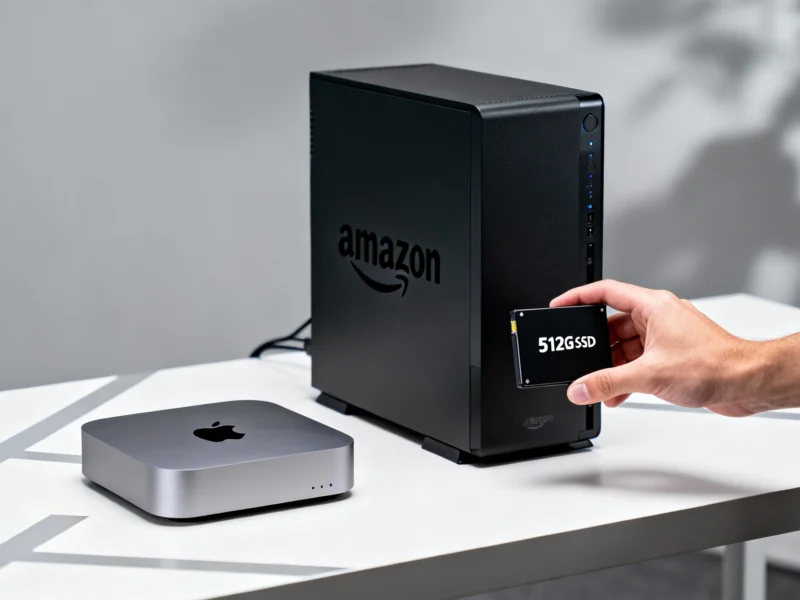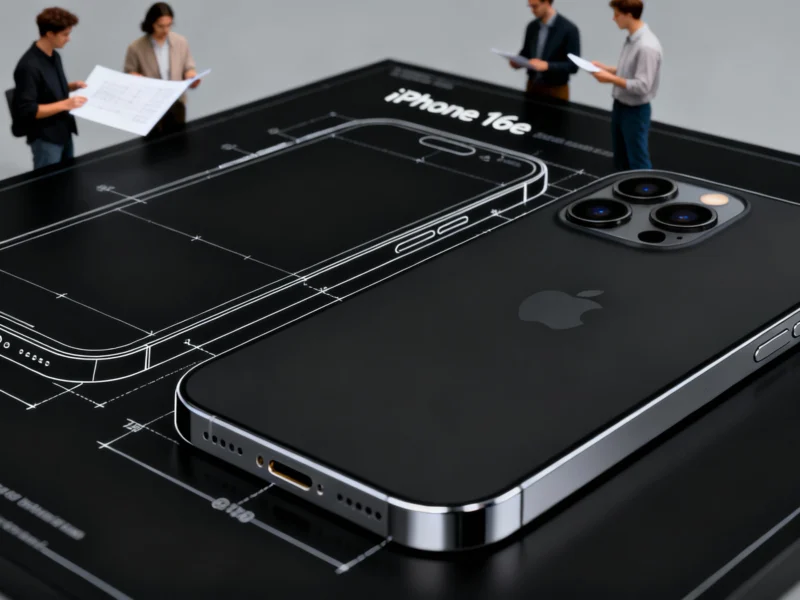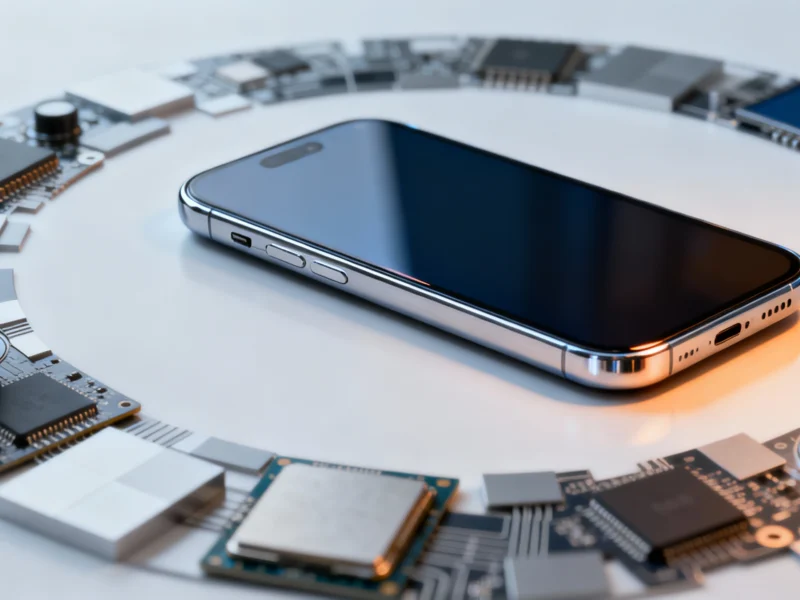Amazon is disrupting the desktop computing market with a powerful mini PC that delivers premium features at just $167. The GMKtec Nucbox G2 Plus combines 12GB DDR5 memory and 512GB storage with Windows 11 Pro, offering performance that rivals systems costing four times more. This compact powerhouse represents a fundamental shift in affordable computing, providing enterprise-grade features typically reserved for premium devices.
Unprecedented Value in Mini Computing
The GMKtec Nucbox G2 Plus has become Amazon’s breakout hardware success, dropping from $239 to $167 while maintaining premium specifications. Unlike budget Chromebooks that offer limited functionality, this system runs full Windows 11 Pro with genuine expandability options. The combination of DDR5 memory and substantial SSD storage at this price point challenges conventional pricing in the mini PC market, particularly Apple’s Mac Mini which starts at $599 for comparable storage.
Industry analysts note this pricing strategy reflects Amazon’s growing influence in hardware distribution. According to IDC research, the mini PC market grew 18% year-over-year as consumers seek compact, energy-efficient alternatives to traditional desktops. The Nucbox G2 Plus specifically targets users who need capable computing for everyday tasks without premium brand pricing. With Statista data showing average desktop computer prices exceeding $800, Amazon’s sub-$200 offering represents a significant market disruption.
Performance That Defies Expectations
At the heart of this system lies Intel’s Twin Lake N150 processor, featuring four cores and four threads with a 3.6 GHz maximum frequency. Benchmark tests from NotebookCheck demonstrate the N150 delivers 6-10% better performance than the Alder Lake N100 and 15% improvement over the N95. This processing power handles web browsing, streaming media, document editing, and light multitasking with remarkable efficiency.
The 12GB of DDR5 RAM operating at 4800 MT/s provides significant advantages over previous-generation systems. JEDEC standards show DDR5 offers approximately 50% higher bandwidth than DDR4 while consuming 20% less power. This translates to faster application loading, smoother multitasking, and improved system responsiveness. Combined with the 512GB M.2 SSD, boot times measure seconds rather than minutes, creating an experience that feels premium despite the budget price.
Enterprise Features in a Compact Package
The Nucbox G2 Plus surprises with professional-grade connectivity rarely found in budget systems. Dual Gigabit Ethernet ports enable network segregation, load balancing, or basic server configurations—features typically reserved for business-class hardware. Three USB 3.2 ports supporting 5Gbps transfer speeds accommodate high-speed external storage and peripherals, while WiFi 6 ensures wireless performance up to 600Mbps.
Remote management capabilities including Wake On LAN, PXE Boot, and Auto Power On make this mini PC suitable for digital signage, home automation, or light server applications. The system’s 6-15W TDP rating means minimal power consumption, with Department of Energy estimates suggesting annual electricity costs under $10 for typical use. The compact form factor measures just 4.5 x 4.5 inches, easily mounting behind monitors or fitting in spaces where traditional towers cannot.
Market Impact and Future Implications
Amazon’s aggressive pricing strategy with the GMKtec Nucbox G2 Plus signals a broader shift in computing affordability. As noted in Gartner’s latest market analysis, consumers increasingly prioritize value over brand prestige, particularly for secondary computing devices. The success of these systems demonstrates that capable computing no longer requires premium pricing, potentially forcing established players to reconsider their entry-level offerings.
The integration of DDR5 memory in budget systems represents a significant technological milestone. Industry tracking by TrendForce indicates DDR5 adoption is accelerating faster than anticipated, with price parity with DDR4 expected by late 2025. This early adoption in sub-$200 systems suggests manufacturers are preparing for broader industry transition, giving budget-conscious consumers access to technology that will remain relevant for years.
References:



